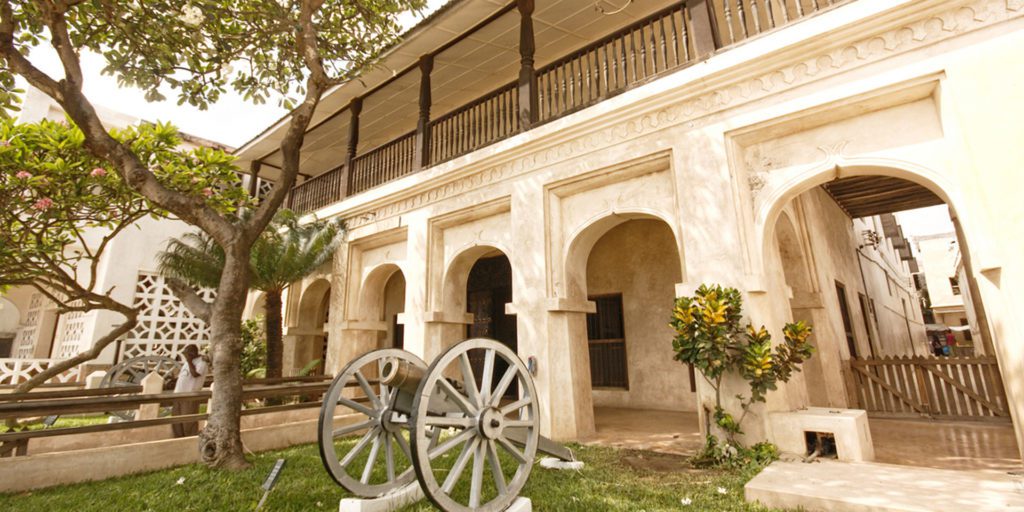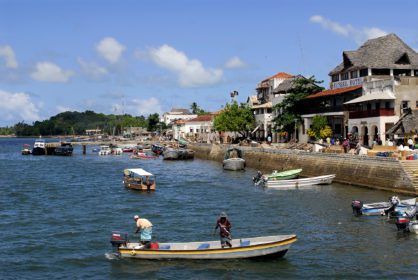1. Lamu Museum

The Lamu museum is one of the best serene locations in the Africa continent, that is a world heritage site. With it it holds the Lamu fort, German post office, Lamu house and Takwa ruins.
- Lamu Fort
This fort is situated in the center of Lamu town. It was used as a prison in the era of the British colonial period and today it is a museum and occasionally used to hold events in the community. It now houses the island’s library, which holds one of the best collections of Swahili poetry and Lamu reference work in Kenya, while the upstairs walkway is a gallery space for temporary exhibitions.
- Swahili House
Lamu House is built on the seafront and overlooks Manda Island and mangrove forests, as you marvel at ancient dhows sailing past. Its architecture gives tourists a glimpse of a Swahili traditional home setup in the 18th century. Lamu House depicts the lifestyle enjoyed by wealthy Swahili merchants in the olden days. Lamu House was abandoned by a wealthy merchant and taken by the Nairobi national museum to maintain it and open it to the public.
- Takwa Ruins
These are the remains of a town which thrived between the 15th and 16th century, but was abandoned in the 18th century. The unique mosque with a large pillar is the most notable, and symbolizes the burial of a Sheikh below the wall. Takwa was eventually abandoned due to the endless fighting between the people of Takwa and Pate.
- German Post Office
This post office was established after the withdrawal of the German settlement in witu. The office facilitated communication within the German protestants in the coastal region.
The following package is for the Lamu Museum, Lamu Fort, Swahili House, German Post Office:
Citizen: Adult: Ksh 375 | Kid: Ksh 180
Resident: Adult: Ksh 1500 | Kid: Ksh 750
Non-resident: Adult: Ksh 3000 | Kid: Ksh 1500
2. Explore Old Lamu Town

This is the oldest and best preserved Swahili settlement in East Africa, retaining its traditional function. Lamu old town has hosted numerous Swahili ceremonies and functions since the 19th century. It is a significant place to study the Swahili culture, way of life and religion as well.


